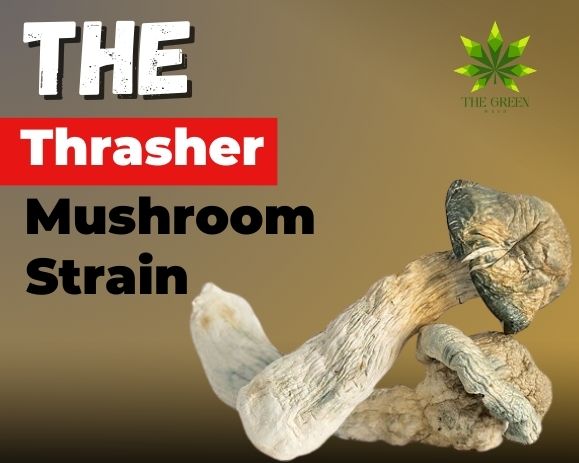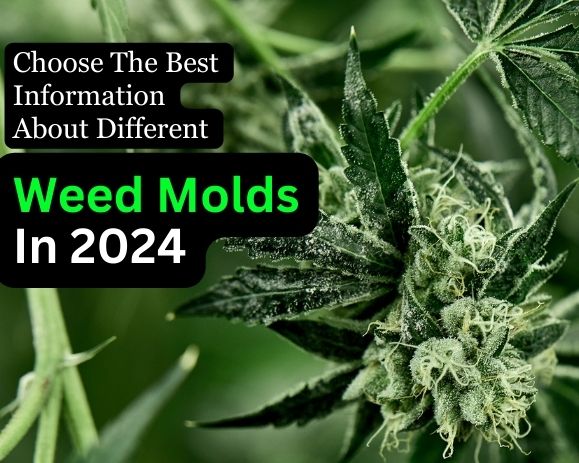
Categories
Choose The Best Information About Different Weed Molds In 2024
It’s highly likely that you weren’t at fault if you’ve ever broken up your cannabis and discovered mould within. Mold on marijuana usually results from the producers’ own actions. If the buds weren’t well dried after harvest, mould could develop. Like other moist, undried objects, the bud probably held too much moisture, which led to the growth of mould. Horrible. Mold may also develop when the flower is transported to the dispensaries. If a company transports cannabis without properly packaging it and the environment they are operating in is moist, mold spores may also develop. You can have mouldy marijuana on your hands if you’ve kept your cannabis for a long time. And return to find it no longer smells or looks the same. Unfortunately, incorrect storage can also lead to mould growth on marijuana.
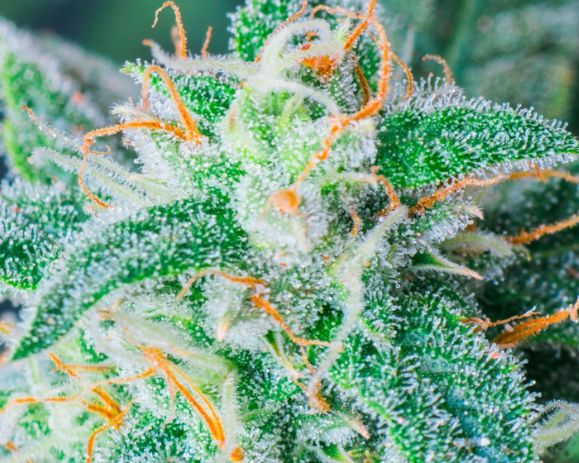
It should go without saying that cannabis dislikes humid climates. Any type of cannabis product you want to store should be kept out of any damp air and in sealed containers. Your pal will find great companionship in dry locations. When keeping your cannabis, stay away from locations like laundry rooms, basements, and restrooms. These spots frequently retain a lot of moisture, which increases the possibility of mould growth on your weed. There are a few more reasons that mould could have developed on your bloom, such as during the cultivation phase. But when it comes right down to it, the main causes are usually incorrect drying and storage. It should go without saying that you should never smoke mouldy marijuana. Smoking mouldy buds can lead to major health issues, particularly respiratory issues. Should you discover it within your bloom, dispose of it immediately.
How Does Mold Appear on Weed?
Now that you are aware of the possible causes of the mould on your cannabis, let’s discuss how to spot it. This is essential to maintaining your well-being and happiness when using cannabis. The appearance of mouldy weed can vary depending on the kind of mould that has taken hold of your plant. The most prevalent kind of mould on weeds looks like a powdery, white material all over the blossom. This kind of mould on cannabis is often described as having a dusty appearance.
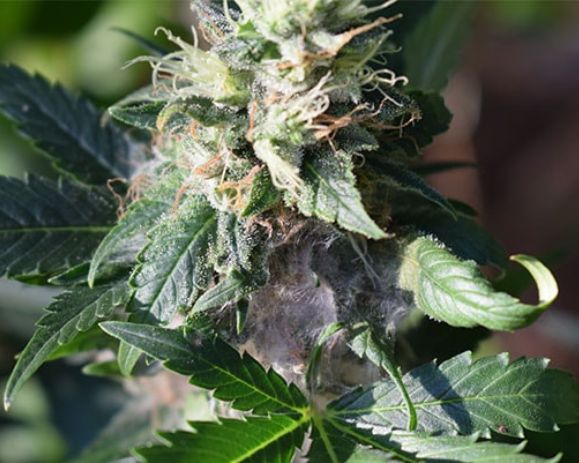
Hence, you should reconsider if you believe your bud merely has some dust on it as mould could possibly be present. Another kind of mould that grows inside your cannabis buds is more akin to cotton and could affect your buds. Breaking open a nug will reveal cotton-like growths that are white, grey, green, brown, or yellow in colour. In addition, this kind of mould releases an overpowering musty odour that is distinct from the aroma of a regular cannabis flower. When in doubt, give it a whiff.
What To Watch Out For
The typical coating on mouldy cannabis is grayish-white. However, it can be simple to confuse trichomes for mould or vice versa if you’re not an experienced grower or user. The aroma-producing sticky, glossy crystals called trichomes are found on the leaves and buds of cannabis plants. In contrast to trichomes, which resemble tiny hairs that nearly seem to shimmer, mould has a powdery, grey or white appearance. Additionally, mould has a peculiar smell, so you could detect it with your nose before your eyes. Mouldy weed typically smells mildewy or musty, but it can also have a hay-like aroma.
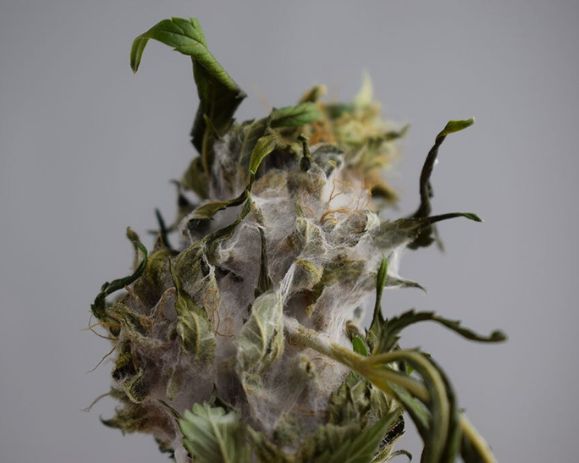
Identification
A fungus may be beginning to grow in your buds if you notice the leaves drying out. Or if you believe the buds are not growing properly but are unable to see any symptoms of mould. Early on, bud rot can be quite difficult to identify because the fungus attacks your plant from the inside out. You should try to examine the buds to see if you see any of these signs. Bud rot is most likely to be the cause if you notice dark or grey patches inside of buds that should be the same colour as the exterior.
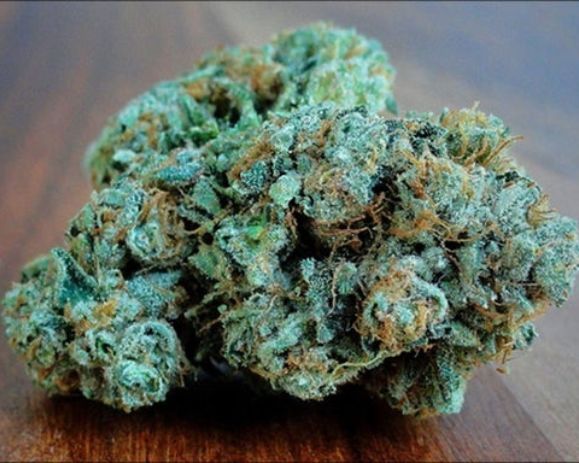
Action To Prevent
This type of fungus thrives in warm, humid environments; therefore, having a healthy growth space is essential to preventing it. This implies that you must maintain a clean growing environment, allow adequate airflow, modify the humidity for each stage of growth, and refrain from making drastic temperature fluctuations. It is advised that your drying chamber maintain a temperature of between 20 and 25°C and a relative humidity of 60% to avoid bud rot. This can be accomplished by managing the surroundings as well as by trimming or using LST techniques to maintain the branches’ spacing. Throughout the growing cycle, you can ensure a healthy plant by keeping these factors in check.
Medical Care
You can still treat your highly afflicted buds, but keep in mind that this will only help the plant to complete its growing cycle and won’t eradicate bud rot. It is often advised to get rid of the mouldy plant in order to protect the other plants in your grow area from infection. If you still wish to save the afflicted plant, you should begin by lowering the temperature and humidity, since this will delay the growth of the mould. You will then need to apply a mould spray to the impacted buds. Your buds will become entirely grey and mushy if the mould is allowed to grow. At this time, you should cut off the buds, and if the condition is particularly terrible, you should think about throwing it away or removing it from the growing area.
Last Remarks From Us
Cannabis that has mould on it frequently tastes, smells, or looks bad. It’s always a good idea to give your green a little check before smoking it. This is particularly true if you have a weakened immune system or a persistent lung ailment like asthma. You’re better off throwing away anything that doesn’t feel quite right, even if you don’t have any health issues.





